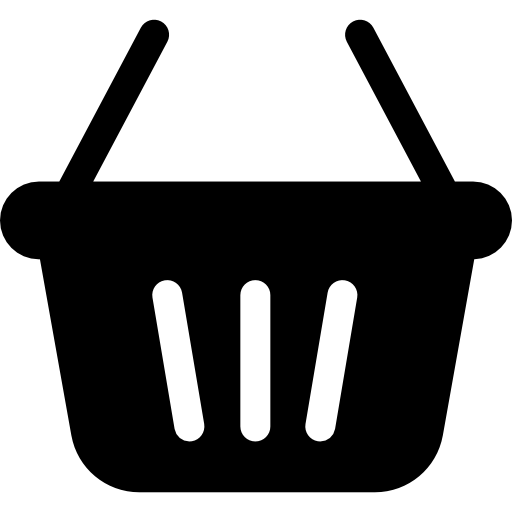When you are first advised to start on the low FODMAP diet you are often given a list of foods that you can and can’t eat. It usually has 3 columns of foods based on their FODMAP content – Red (avoid at all costs), Amber (eat with caution), Green (good to go). They often define the backbone of the diet and it is how people structure their meals and shopping when following the diet.
Whilst lists are helpful, Sasha would advise caution with paper lists and that you use the Monash low FODMAP app instead. Here’s why….





